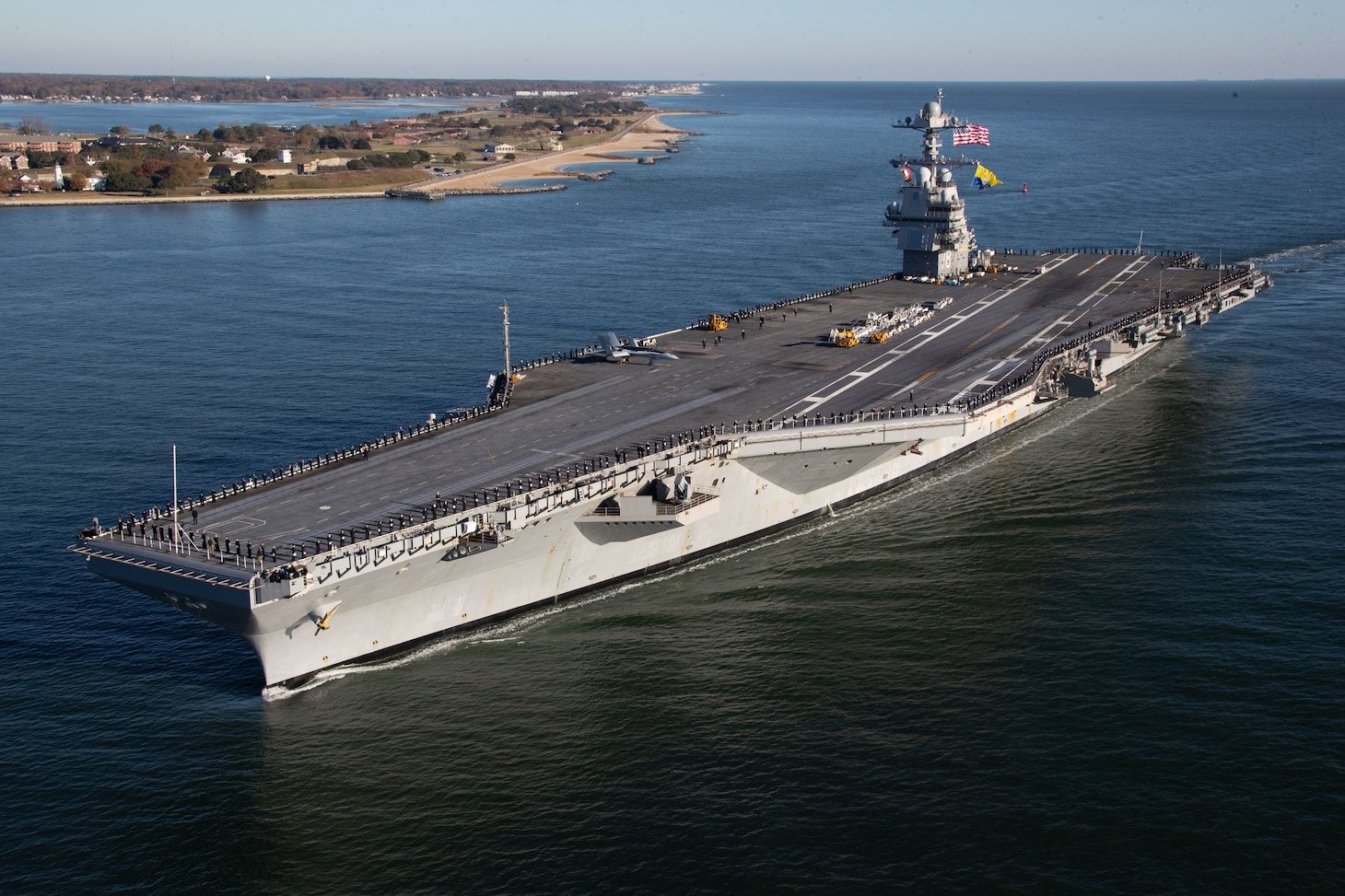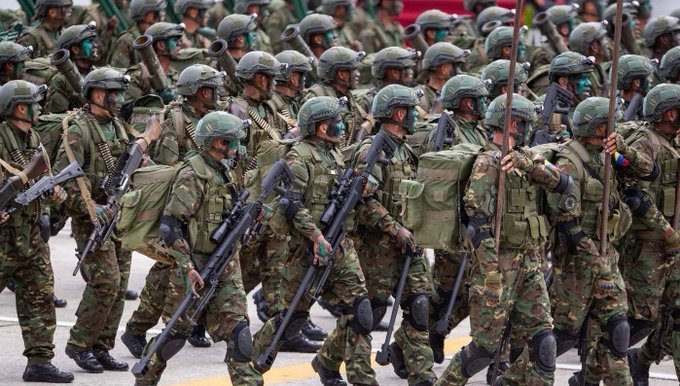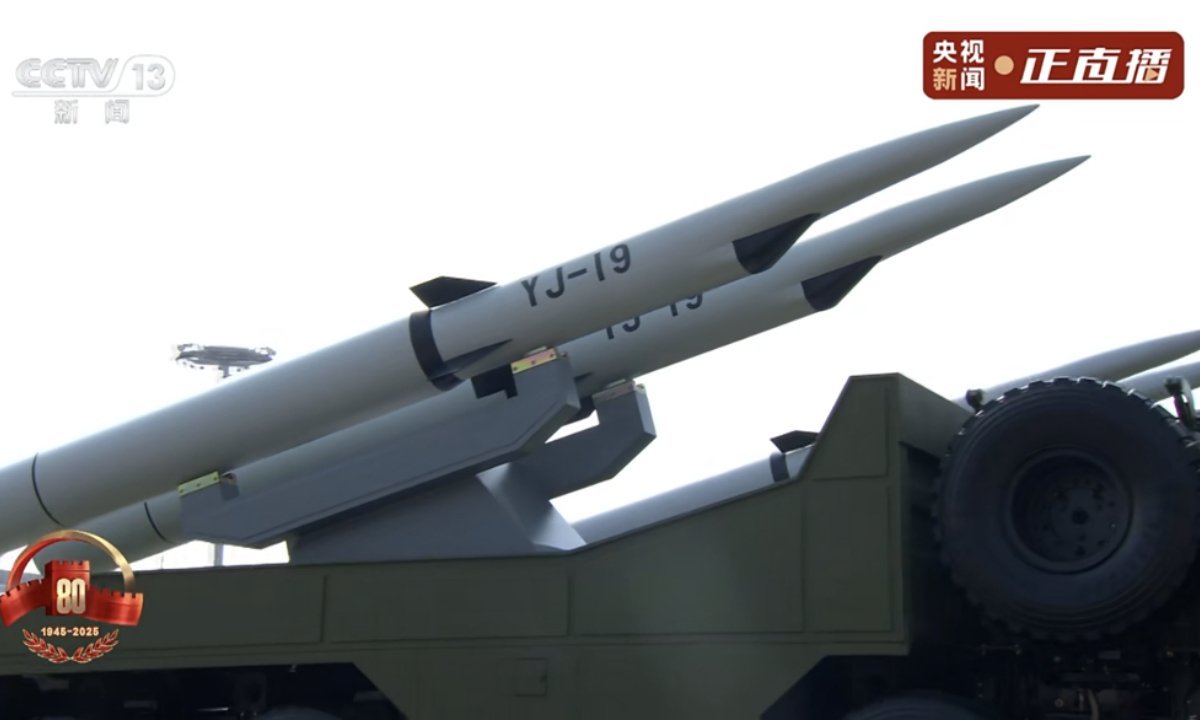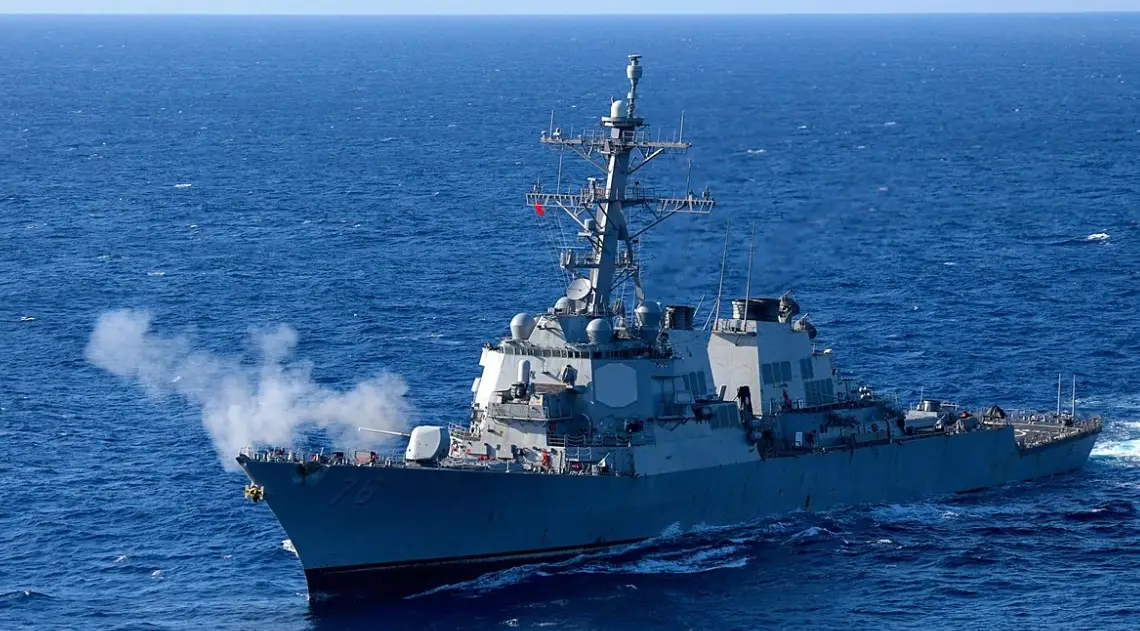
Japan regains aircraft carriers after 80 years: Rebuilt Izumo and Kaga shift balance in Pacific
Japan, August 26, 2025 – After World War II, Japan abandoned its offensive military, and aircraft carriers became a symbol of a forbidden past. But now Tokyo is making a comeback: two Izumo-class ships have been converted to operate F-35B fighters, regaining a capability it last used more than eighty years ago. The move is of fundamental importance not only for Japan’s defense but also for the entire Indo-Pacific security architecture.
After more than eight decades, Japan is symbolically returning to the ranks of naval powers with aircraft carriers. The country, which imposed a pacifist constitution after World War II that forbade the maintenance of offensive military forces, now officially operates converted Izumo-class ships capable of carrying modern multi-role F-35B fighters. This step has not only military-technical, but also strong political and symbolic significance: it represents a fundamental shift in Japanese defense, which for decades focused exclusively on domestic security. The landing of the American F-35B on board the JS Kaga in 2024 was a moment that showed that Japan once again has the ability, which it last used during World War II, to operate aircraft carriers. Tokyo justifies the decision by increasing security threats in the Indo-Pacific, especially China’s military pressure, North Korea’s missile program and uncertainty about the stability of the region.
Historical background
In the 1930s and 1940s, Japan was among the absolute leaders in the development and deployment of aircraft carriers. It was their powerful alliances that played a key role in the initial stages of the war in the Pacific – from the attack on Pearl Harbor through blitzkrieg operations in Southeast Asia to the decisive clash at Midway. Ships like Akagi, Kaga, and Shōkaku symbolized the technological sophistication and operational prowess of the Imperial Navy. However, defeat in World War II marked the end of Japan’s aircraft capabilities – all remaining carriers were either sunk or scrapped after the war. After the surrender in 1945, a new constitution was adopted, Article 9 of which prohibited Japan from maintaining “offensive” armed forces. The country thus focused on purely defensive capabilities for decades, and its navy, renamed the Japan Maritime Self-Defense Force (JMSDF), focused mainly on anti-submarine and anti-ship protection. Terms like “aircraft carrier” became politically sensitive and were replaced by more cautious designations. Nevertheless, since the end of the Cold War, ships with increasing capacity for air operations have gradually begun to appear. At first, these were the smaller helicopter carriers of the Hyūga and Shirane classes, officially intended for anti-submarine operations. The real breakthrough came in 2015, when the first Izumo-class ships entered service. These multi-role “helicopter destroyers” were built from the beginning with the possibility of future conversion into light aircraft carriers, which attracted attention both in domestic politics and abroad.
Technical and operational aspects – Izumo & Kaga
The core of Japan’s current “aircraft capabilities” are two Izumo-class ships – JS Izumo (DDH-183) and JS Kaga (DDH-184). These ships were originally officially referred to as “helicopter destroyers” to avoid the politically sensitive term “aircraft carrier”. With a length of over 248 meters and a displacement of around 27 thousand tons, however, from the beginning they resembled light aircraft carriers rather than classic destroyers. Originally they carried only anti-submarine and transport helicopters, but the design of the ships offered the potential for future conversion when they were put into service. The decision to modify was made in 2018, and the reconstruction of both vessels began in the following years. The modifications include, in particular, strengthening and thermal resistance of the flight deck to withstand the high temperatures of the F-35B fighter jets. The shape of the bow was also changed, which is closer to a rectangular profile, and the installation of new navigation and support systems.
Japan has also ordered a total of 42 F-35B aircraft, which will become the main armament of these ships. The vertical take-off and landing fighters give the ships the ability to act as full-fledged aircraft carriers – albeit to a limited extent compared to the American supercarriers of the Nimitz or Ford class. The operational concept includes a combination of Japanese pilots and close cooperation with the US Navy, which provides experience and technical support. Operations with the F-35B dramatically expand the operational capabilities of the JMSDF. The Izumo and Kaga ships can now provide air cover for distant units, strengthen the defense of Japan’s Pacific islands, or participate in joint exercises with the US and allied navies. In practice, Japan is gaining the ability to respond quickly to regional crises and expanding its presence within the Indo-Pacific security structures.
Key current milestones
The biggest turning point in the process of converting the Izumo-class ships into full-fledged aircraft carriers was in 2021, when an American F-35B fighter jet landed on board the Izumo for the first time. It was a test in close coordination with the US Navy and Marine Corps, which was intended to verify whether the modifications made to the ship actually allow the safe operation of modern stealth fighters. The successful landing and subsequent takeoff represented a historic event: after more than seven decades, a jet fighter reappeared on board a Japanese vessel. In 2024, another major test took place – this time on the sister ship Kaga. During an exercise off the California coast, an American F-35B landed there, officially confirming that both of its ships are capable of operating modern carrier-based air forces. This moment had not only a technical but also a symbolic dimension: Japan returned to the ranks of states that can operate aircraft carriers, albeit still to a limited extent.
The conversion of both ships is progressing according to plan. The Izumo has already completed the first stage of modifications, including primarily strengthening the flight deck, and is expected to be ready for full-scale operation of the F-35B by the end of the decade. The Kaga is undergoing a more extensive modernization, which is expected to be completed around 2027. At the same time, the Japanese government is investing in pilot training, support infrastructure, and expanding cooperation with American units so that the new capabilities can be used in real combat scenarios. The combination of the Izumo-class ships and the F-35B aircraft takes Japan to a qualitatively new level. While the JMSDF has previously focused primarily on anti-submarine defense and the protection of its own coastal waters, it now gains a means that allows it to operate much more flexibly, over a wider geographical area, and in close coordination with key allies.
Strategic significance
Japan’s decision to convert the Izumo-class ships and equip them with F-35B fighters has far-reaching implications for the security architecture of the Indo-Pacific. Above all, it represents a response to the growing military pressure of China, which has been strengthening its fleet and building its own aircraft carriers in recent years. Tokyo is paying particular attention to the disputes over the Senkaku Islands (Chinese: Tiao-yu), where Chinese and Japanese patrols are increasingly getting into tense situations. Japan’s ability to operate with carrier-based air forces increases its deterrent capacity and allows it to respond flexibly to potential incidents in the wider vicinity of the islands. Another factor is the North Korean missile program, whose tests often fly over Japanese territory or in its immediate vicinity. Ships capable of deploying fifth-generation fighters give Tokyo the opportunity to strengthen air defenses far from its own coast and, if necessary, to participate in joint operations with American forces.
From a military-strategic perspective, the Izumo-class ships complement the existing capabilities of the US Navy in the Pacific. In practice, this means that in the event of a crisis, Japan can quickly reinforce American alliances, participate in joint exercises or take over some of the responsibility for defending the sea lanes. This is especially important at a time when the United States is facing pressure to divide its capabilities between Europe, the Middle East and the Indo-Pacific. Politically, it is also a significant shift in the interpretation of the Japanese constitution. Although Tokyo still avoids the term “aircraft carrier”, it is effectively becoming a country that again has this capability after more than eighty years. For many analysts, this symbolizes the end of the era of purely pacifist defense and the beginning of a period when Japan is more actively involved in international security policy.
International reactions and controversies
The expansion of the capabilities of the Japanese navy has not gone unnoticed. Traditionally, the sharpest criticism has come from China, which describes the reconstruction of the Izumo and Kaga ships as a “dangerous step” and a violation of the spirit of the post-war constitution. Beijing sees the new capabilities as a direct threat to its activities in the South and East China Seas and as evidence of Japan’s growing military cooperation with the United States. Concerns are also being voiced from Pyongyang – North Korea describes Japan’s aircraft carriers as a destabilizing factor and uses them in its propaganda to support the further development of its missile and nuclear programs. On the other hand, allies in the region perceive Tokyo’s move rather positively. The US has long supported Japan’s efforts to strengthen its own defense capabilities and welcomes Japan taking on a greater share of responsibility for regional security. Similarly, Australia and the Philippines appreciate that Tokyo can provide broader support in protecting sea lanes and in joint exercises.
The controversy does not only concern the technical details of the ships, but above all whether Japan can maintain a balance between its constitutional tradition of pacifism and the growing demands for regional defense.



Max Bach

















